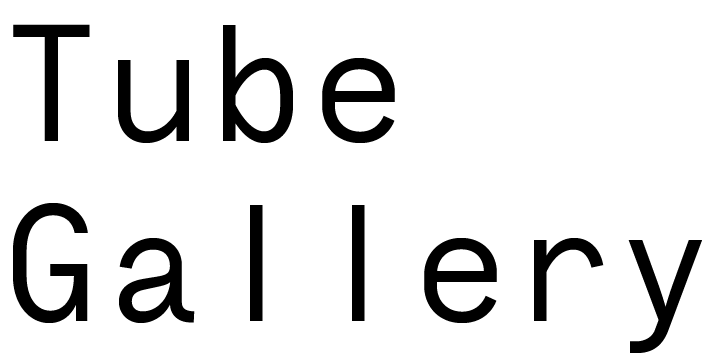Victoria Cantons is a British artist based in London. She is a BA Painting graduate of Wimbledon College of Arts, London in 2017 and Turps Art School in 2018. Cantons was a recipient of the Felix Slade Scholarship and completed her MFA in Painting at Slade School of Fine Art in 2021.
“I grew up in London as an only child of immigrant parents,” Cantons writes (her mother was Spanish and her father French Algerian of Jewish descent). “I have memories of being different from the outset.”
Her upcoming show at Tube Gallery in March 2025 coincides with the opening of There Are Other Skies, held at the Scottsdale Museum of Contemporary Art (SMoCA), Arizona, USA. Cantons’ work probes the human condition, exploring the psychological and emotional boundaries that shape our relationships with ourselves and others. At the core of her multidisciplinary practice lies an understanding of identity as multifaceted and constantly evolving. The work inhabits the space between abstraction and figuration, and is presented in multiple mediums including painting, neon, poetry, text, performance, photographs and videos. Paintings vary between naturalistic depictions and expressive gestures with fluid brushwork and often inscribed text engaging with the universal complexities of being human.
Jarl Ingvarsson’s art is often described as rooted in neo-expressionism. Stylistically, he is akin to both the Brooklyn artist Jean-Michel Basquiat and Swedish color poets like Erland Cullberg, Sven X-et Erixson, and Eric Hallström. Like them, Ingvarsson’s colors sometimes clash and jar. Yet the drastically brutal becomes tender and playful in this uniquely rich visual world.
Ingvarsson’s art reveals that he thrives best when scraping away labels and conventions. Themes are mixed, high and low. In the paintings, everything merges. The large and the small. The personal and the universal. The innocence of childhood and the experiences of adulthood. Everything connects in a temperamental and witty way.
If the characters in Jarl Ingvarsson’s paintings could step out of their canvases, Staffan Stalledräng would link arms with Spider-Man and other superheroes. In carnival-like fashion, they would dance away to the sound of jazzing cats dreaming their wild dreams. Together, they’d sing with Willie Nelson:
“On the road again Like a band o’ gypsies, we go down the highway We’re the best of friends Insisting that the world keep turning our way.”
And in the morning, with a hefty headache as a perfectly reasonable price for the raucously fun night, they would have a cigarette and drink coffee served from the elegant cobalt-blue pot. Everyone gathered here. Poets, heroes, and everyday folks. Life artists of all kinds…
The significance of small things can never be overlooked in Jarl Ingvarsson’s visual world. Pens, for instance. They appear here and there out of nowhere, serving as a constant reminder of both the weaknesses and strengths of words. In the whimsical portrait of Dylan Thomas, the Welsh poet and 1950s superstar, Ingvarsson evokes Thomas’s sometimes playful, sometimes stark, but always sensual language. Like Baroque poets, Thomas crafted visual poems, shaping his text like the hourglass of life. Ingvarsson plays the same game. He paints a “Pen Fence” that, in reality, consists of colorful pens. Wordplay and visual puns continue. Like Thomas in his poems, Ingvarsson shifts between a burlesque tone and a dreamy voice.
Jarl Ingvarsson’s art demands an open and unprejudiced eye. Even though the formats are large, the pictorial spaces where these deftly told stories in color take place often feel crowded. Within the bold stylistic shifts, there is an expressive immediacy, the precision of a comic artist, and a unique attention to detail. What at first appears as chaotic, unorganized palette scrapings clarifies from a distance. The paradoxical conditions of art reveal themselves. The paintings lay themselves bare to the viewer yet still preserve a part of their secret.
The shifts in intensity within Jarl Ingvarsson’s work testify to a spontaneous yet confident artist who does not fear his own uninhibited creativity. With a particularly lyrical ear for the harmonies of color, Ingvarsson works intuitively and inventively. He paints, sketches, splashes, and rubs colors into place. Whatever emerges on the canvas is allowed to stay there without fear of being erased.
In this way, time flows through color and form, unable to be turned back. ART SCHOOL is LIFE SCHOOL, or SCHOOL OF LIFE, without rehearsals—this is what his paintings seem to joyfully proclaim. It’s a call to the old soul within every teenager and to all the teenagers residing in older bodies. Fully aware of the greatest limitation of reason (our self-delusion in believing we can control and organize everything), Jarl Ingvarsson portrays life as emotionally charged as it truly is—a dizzying, delightful chaos.
—Joanna Persman

